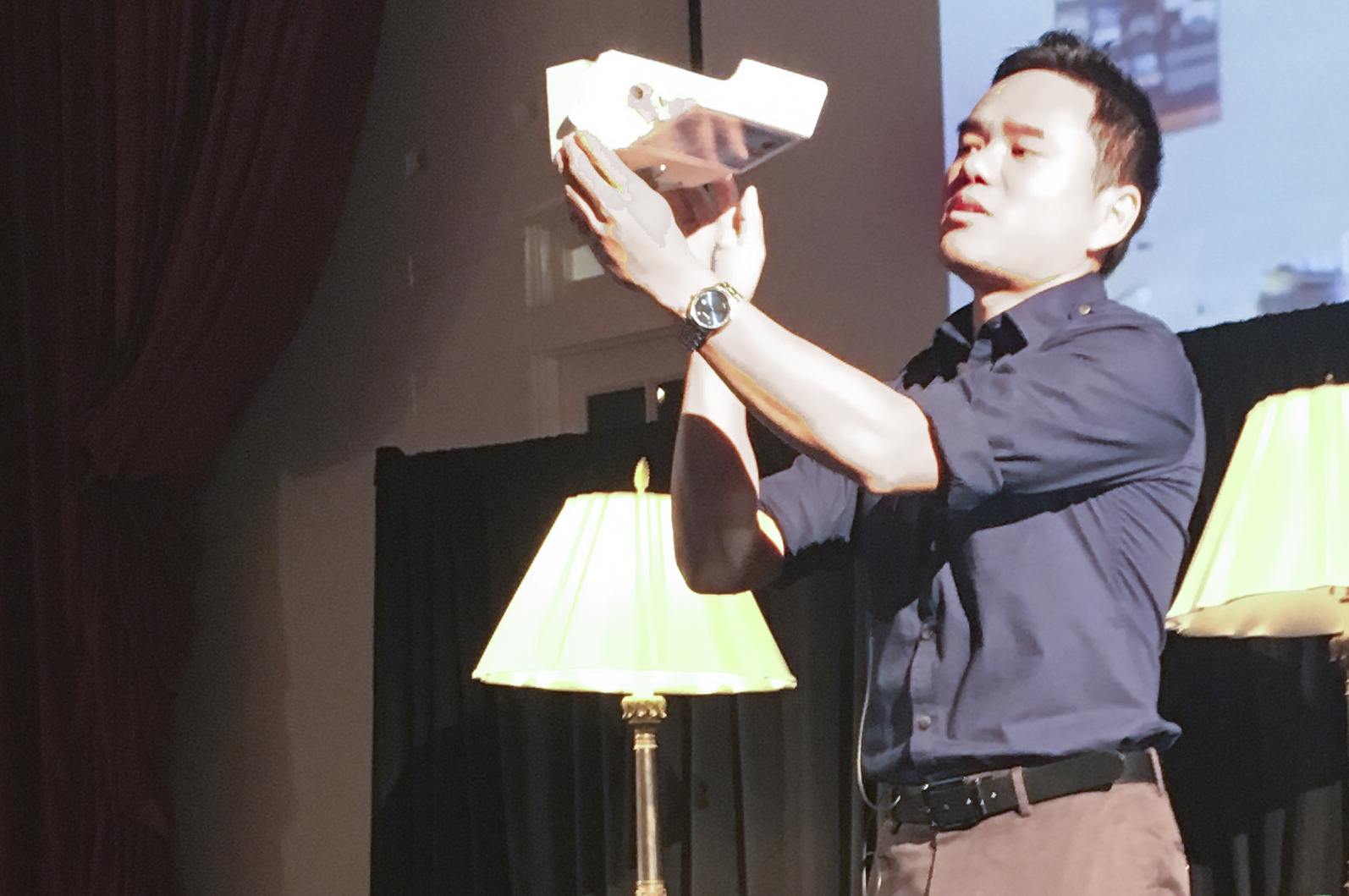Virtual reality, wearable technology, artificial intelligence — the dawn of the technological revolution in health care is here.
Some of the latest medical innovations were highlighted Friday at the 9th USC Body Computing Conference, a daylong summit focusing on the bridges between medicine and technology. The conference featured physicians, tech leaders and university officials discussing the latest technological advances and how they can be used to better treat patients.
A centerpiece of the conference was the announcement of a new virtual care clinic, a facility that will use technology to help physicians provide better, more personalized health care to their patients.
“In the last nine years there has been a revolutionary change in the way culture and society use technology,” said Leslie A. Saxon, MD, a cardiologist and founder/executive director of the USC Center for Body Computing. “It’s about to happen in medicine.”
The USC Virtual Care Clinic is in Playa Vista, near the Silicon Beach area that is home to some of the firms leading the way in technological breakthroughs, including YouTube, Facebook and Google.
A collaboration of several technology partners and the USC Institute for Creative Technologies, the USC Virtual Care Clinic is a first-of-its-kind virtual hospital with health data being fed via wearable and injectable technology. Through the use of virtual reality and artificial intelligence, physicians will be able greatly increase the number of patients they see daily and increase personalized health care solutions, Saxon said.
“Technology has dramatically changed the way we communicate with each other,” Saxon said. “Technology will make us more human and better connected to our patients.”
Her advice? “Be prepared for hologram house calls.”
To open the conference, Saxon showed the audience a demonstration of her interacting virtually with a patient in the form of a hologram. In Saxon’s example, the patient was in Dubai. Because Saxon was unable to physically meet with the patient, she stood in front of a video camera and had her image beamed in real time as a hologram to the patient to discuss health care options.
“This will be a clinic where patients can see the future — a clinic where the best doctor is always in,” Saxon added.
Through its partnership with the Institute for Creative Technologies, initially the USC Virtual Care Clinic will focus on serving chronically ill patients, veterans returning from war, elite athletes and patients who want to be more engaged with their own health care. The clinic will help veterans combat PTSD through technology called Virtual Reality Exposure Therapy, and it will develop games for physician rehabilitation and create virtual “humans” with the ability to interview patients.
Other themes discussed at the Body Computing Conference included wearable technology and mobile health, as well as digital performance technology for elite athletes. The role of digital training and health tools to optimize training and support for the health of members of the military throughout the cycle of training, deployment and post-deployment was also discussed.
— Douglas Morino


